Scania DC13 is a powerful engine designed for heavy-duty applications. It delivers exceptional fuel efficiency and low emissions, making it an environmentally friendly choice. With its robust construction and advanced technology, the DC13 ensures reliable performance even in the most demanding conditions. Whether you're transporting goods or operating machinery, the DC13 provides the power and efficiency you need to get the job done.
Scania DC13 is a powerful engine designed for heavy-duty applications. It delivers exceptional fuel efficiency and low emissions, making it an environmentally friendly choice. With its robust construction and advanced technology, the DC13 ensures reliable performance even in the most demanding conditions. Whether you're transporting goods or operating machinery, the DC13 provides the power and efficiency you need to get the job done.

















-
 1
1
-
 2
2
-
 3
3
-
 4
4
-
 5
5
-
 6
6
-
 7
7
-
 8
8
-
 9
9
-
 10
10
-
 11
11
-
 12
12
-
 13
13
-
 14
14
-
 15
15
-
 16
16
-
 17
17
Scania DC13 Installation guide
- Type
- Installation guide
Scania DC13 is a powerful engine designed for heavy-duty applications. It delivers exceptional fuel efficiency and low emissions, making it an environmentally friendly choice. With its robust construction and advanced technology, the DC13 ensures reliable performance even in the most demanding conditions. Whether you're transporting goods or operating machinery, the DC13 provides the power and efficiency you need to get the job done.
Ask a question and I''ll find the answer in the document
Finding information in a document is now easier with AI
Related papers
-
 Scania OC16 Installation guide
Scania OC16 Installation guide
-
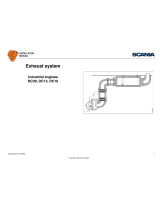 Scania DC09 Installation guide
Scania DC09 Installation guide
-
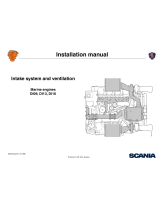 Scania DI16 Installation guide
Scania DI16 Installation guide
-
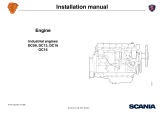 Scania OC16 Installation guide
Scania OC16 Installation guide
-
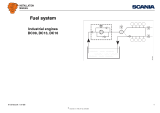 Scania DC09 Installation guide
Scania DC09 Installation guide
-
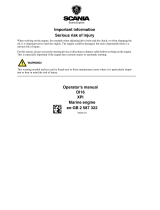 Scania DI16 XPI series User manual
Scania DI16 XPI series User manual
-
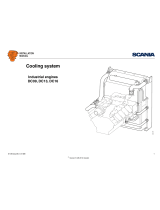 Scania DC09 Installation guide
Scania DC09 Installation guide
-
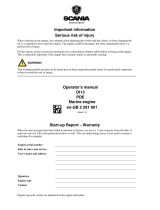 Scania DI13 series User manual
Scania DI13 series User manual
-
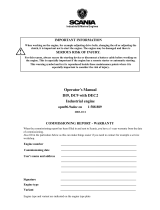 Scania DI9 User manual
Scania DI9 User manual
-
 Scania DI13 series User manual
Scania DI13 series User manual
Other documents
-
Mackie DC16 Road Case Operating instructions
-
Kenwood Electronics CAW-SC1591 Datasheet
-
Juniper T4000 - User manual
-
Thomson MEC 310#GENSET CONTROLLER OPTION J-CANBUS J1939 User manual
-
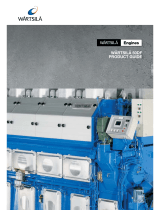 WÄRTSILÄ WÄRTSILÄ 50DF User manual
WÄRTSILÄ WÄRTSILÄ 50DF User manual
-
BMW S58 Owner's Handbook Manual
-
BMW N55 User manual
-
Audi RS 4 - GUIDE User manual
-
Perkins operation and maintenance Owner's manual
-
MTU 12 V 4000 M33F Operating Instructions Manual



























